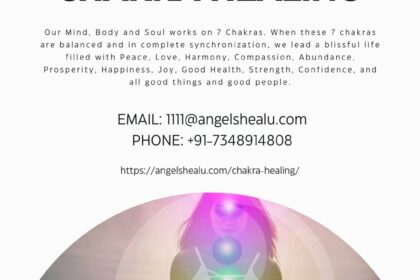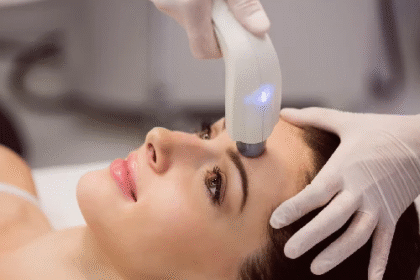Visiting a gynaecologist Norwest for a routine check-up is an essential step in maintaining your overall health and wellbeing. Many women feel nervous or unsure about what to expect during their first or even subsequent visits. Understanding the process, the types of examinations involved, and the purpose behind them can help ease anxiety and ensure that you get the most out of your appointment.
Preparing for Your Visit
Before your appointment, it’s helpful to make a note of any questions or concerns you have. This might include changes in your menstrual cycle, discomfort during sexual activity, unusual discharge, or general reproductive health inquiries. Writing these down ensures you don’t forget anything during the consultation.
It’s also important to bring relevant medical history, such as past surgeries, family history of reproductive or hormonal conditions, and a list of medications you’re currently taking. This information helps your gynaecologist provide personalised care tailored to your needs.
What Happens During a Routine Check-Up
A routine gynaecology check-up generally consists of a few key steps designed to assess your reproductive health and detect any potential issues early.
General Health Discussion
The appointment often begins with a conversation about your overall health. Your gynaecologist may ask questions about your menstrual cycle, sexual health, contraception, and lifestyle habits such as diet, exercise, and stress levels. This discussion helps establish a complete picture of your health and highlights areas that may require further attention.
Physical Examination
Following the discussion, a physical examination is usually performed. This can include a breast exam to check for lumps or irregularities, as well as an abdominal exam to detect any abnormalities in the reproductive organs. These assessments provide valuable insights into your general health and help identify early signs of conditions like fibroids or ovarian cysts.
Pelvic Examination and Pap Smear
A pelvic exam is a standard part of a routine gynaecology visit. During this exam, the gynaecologist checks the vagina, cervix, uterus, and ovaries for any abnormalities. If you are due for cervical screening, a Pap smear may also be performed. This involves collecting a small sample of cells from your cervix to test for precancerous changes or the presence of human papillomavirus (HPV), which is associated with cervical cancer.
Additional Screenings
Depending on your age, medical history, and risk factors, your gynaecologist may recommend additional tests, such as blood tests for hormone levels or ultrasounds to examine internal organs. These screenings are preventive measures designed to catch potential issues early, allowing for timely treatment and better outcomes.
Addressing Questions and Concerns
One of the most valuable aspects of a routine gynaecology check-up is the opportunity to discuss personal concerns in a safe, confidential environment. Whether you have questions about fertility, contraception, menopause, or sexual health, your gynaecologist can provide advice, guidance, and reassurance. This open dialogue fosters trust and helps you feel more in control of your health.
Tips to Make Your Visit Comfortable
- Schedule at a convenient time: Try to book your appointment when you are least likely to be rushed or stressed.
- Wear comfortable clothing: Loose clothing can make undressing for an exam easier and more comfortable.
- Relax and breathe: Feeling nervous is natural. Take slow, deep breaths to stay calm during the examination.
- Bring a support person if needed: Some women find it helpful to have a friend or family member accompany them for reassurance.
Final Thought
Routine gynaecology check-ups are an essential part of proactive health care. By knowing what to expect and preparing accordingly, you can approach your visit with confidence and ease. Regular visits allow for early detection of potential health issues, personalised advice, and peace of mind. Prioritising your reproductive and general health ensures you are taking meaningful steps toward long-term wellness.
Summary
Visiting a gynaecologist for a routine check-up is an important step in maintaining women’s health. Many women feel nervous or uncertain about what to expect, but understanding the process can make the experience more comfortable. Preparation is key: noting down questions, medical history, medications, and family health information helps the gynaecologist provide personalised care.
A typical check-up starts with a general health discussion covering menstrual cycles, sexual health, contraception, and lifestyle habits. This is followed by a physical examination, including breast and abdominal checks, to identify any irregularities. A pelvic exam is also conducted to assess the vagina, cervix, uterus, and ovaries, often accompanied by a Pap smear for cervical screening when required. Depending on individual risk factors, additional tests such as ultrasounds or blood work may be recommended.
An essential part of the visit is addressing personal concerns, from fertility and contraception to menopause and sexual health. Women are encouraged to relax, wear comfortable clothing, and bring a support person if needed.
Routine gynaecology visits allow for early detection of potential health issues, personalised guidance, and peace of mind. By approaching these appointments proactively, women can prioritise their reproductive and overall health for long-term wellbeing.



